The Permafrost and Global Food Security

My first day in Spitsbergen brought a very special highlight. I was fortunate enough to come on a day that coincides with a visit by Professor Roland von Bothmer from the Swedish University of Agricultural Sciences, who also looks after public relations for the SVALBARD SEED VAULT.

You may vaguely remember hearing about this when it was set up in 2008, with the aim of storing samples of food seeds from all over the globe under super-safe conditions, deep under the permafrost of Svalbard.

You may also have heard of some damage to the entrance to the vault because of permafrost melting. Was climate change already threatening the very facility that should help ensure food security no matter what changes – climatic or otherwise – endanger the planet?
No way, says Prof. von Bothmer. The damage to the entrance to the tunnel which leads down to the subterranean vault has no effect on the operation of the vault itself, he says, and the reason for building this facility this far north and under this permafrost, is still valid. It’s thought to be one of the safest places on the planet, even in a rapidly warming world.

Access to the vault is very strictly controlled.

Human warmth affects the temperature inside. So there are only a few visits a year, often with visiting heads of state or the UN, as with the case last year. And very occasionally, a visiting journalist.
Professor von Bothmer is a man who loves his work and is dedicated to it. He has collected seed samples all over the world himself and considers himself very lucky to be involved in the Svalbard Seed Vault project, in a way the highlight of his professional activities to date. The idea of protecting crop diversity in a world where for one reason or another species are dying at an alarming rate, is one that inspires him.
The tunnel entrance is high above Svalbard airport. It’s cold outside today, but he warned me it would be much colder where we were going. We went into the entrance tunnel, where workmen are carrying out some maintenance and repair work. Then we went into the warmer “master control room” – well, the computer room – and changed into thermal suits.

They look hilarious, but I wouldn\’t like to go down into the vault without one.Minus 18 C. is thought to be the ideal temperature for storing seed material. So it was pretty “nippy” when we finally got into the main chamber, which has a complex cooling system in addition to the natural permafrost.
You go through a system of “air locks” to reduce any warm temperature impact from your body on the vault itself. It is still being extended into the hillside to increase capacity.

Seed samples are sent in from gene banks around the globe – we saw samples of Danish barley and some seeds from India, vacuum packed, ready for storage – for who knows how many hundred years?

The climate change crisis has given the vault increased relevance, even over the past two years, says the Professor. Even with “winners and losers”, areas being hit by drought, flooding, warmth, cold, new or changing pests and diseases, will need a diversity of crop types to cope. So this remote, icy area with its dearth of arable land and crops of its own, could provide the back-up seeds to feed the world of the future.
Svalbard Seed Vault
Back in the Arctic
Well, here I am,Spitsbergen, Svalbard, Longyearbjen tonight. Every time I catch my first glimpse of those snowy mountain tips rising out of the clouds, I know why I love the Arctic and feel so concerned about the rate at which it is warming. Let me just share some of those images of the trip with you for now.

On the approach to Tromso, Norway’s “Gate to the Arctic”.

Svalbard peeping out of the clouds.

Moonscape in white?


Its their home:

But this fella’s reduced to keeping a wary eye on the luggage coming into Svalbard airport.

This is the view from the runway. And people ask me why I’m so keen on such a cold place…
Heading for Arctic Spitsbergen

(c) Jiri Rezac/Greenpeace
This is the Greenpeace vessel Esperanza, which is already steaming up to the Arctic, carrying special equipment from the IFM Geomar, Kiel University, which I’ll talk more about later when I get a chance to see it for myself and interview the experts on exactly what it will help them find out and how.
As I write this, I am still in Germany, packing my cold-weather gear and reporting equipment, getting ready to fly up to Longyearbjen on Svalbard, then on to Ny Alesund, where I will join the Esperanza and her crew for a few days.

This is Greenpeace scientist Dr. Iris Menn.
(Photo by Daniel Mueller/Greenpeace.) She is one of the key figures in this whole enterprise. She\’s also packing right now, as well as preparing the expedition, and will be joining the boat up at Ny Alesund later. It takes a while for the boat to sail up to the Arctic, so not everyone is able to travel this more leisurely way.
The Greenpeace boat is spending the summer up there and ‘ll be joining them and the team from the IFM-Geomar, that’s the Institute for Marine Sciences at Germany’s Kiel University, for the first part of the expedition. As mentioned in a previous entry and described in our DW article, (link provided last time), the team will be looking at how acidification affects the Arctic ocean ecosystems and biodiversity there. And if you ever catch yourself out thinking there can”t be much life in that dark cold water down there, maybe these pics will change your mind.

They show a type of algae and a type of sea anemone. Beautiful? I got them from Max Schwanitz, who’s in charge of the scientific diving team with the Alfred Wegener Institute and is actually now back up at Ny Alesund getting ready for the season. He took these in the Kongsfjord, which is where I’ll be heading very soon.

The acidity of the oceans is increasing because the greenhouse gas CO2 not only warms up the planet but also leads to greater acidification of the oceans. The oceans soak up CO2. In fact they have absorbed about a third of the CO2 roduced by us humans since the Industrial Revolution. The CO2 is converted into carbonic acid in the water. This makes the water more acidic. This affects the polar areas worse than others, because more CO2 is absorbed in cold temperatures.
There hasn’t been too much research into exactly what effects this has on marine ecosystems. Scientists suspect it will have a massive effect on biodiversity, and that’s what the team from Greenpeace and Kiel will be looking into. More soon.
Svalbard 2010

This year’s ice-blog destination is the Svalbard archipelago at 79° North, a focal point of the world’s Arctic research. Spitsbergen is the largest of the Svalbard islands, which are governed by Norway. Just 1200 km from the North Pole, scientists from all over the world monitor what’s happening to our climate and how changes affect ecosystems at the research station of Ny Alesund. This is also the spot where Norwegian explorer Roald Amundsen started the first airship flight over the North Pole in 1926.

I took these pictures during a visit in 2007.
Once the site of a coal mine, around 30 scientists and crew now live in Ny Alesund through the dark, Arctic winter, in the world’s most northerly permanent settlement. When the snow starts to melt in spring and life awakes, biologists and glaciologists migrate to Svalbard to carry out their field research.
Amongst them this year is a team from the IFM GEOMAR, the Leibniz Insitute for Marine Sciences of Germany’s Kiel University, headed by Professor Ulf Riebesell. For the first time, they are cooperating with Greenpeace. The Greenpeace team is headed by Dr. Iris Menn and Martin Kaiser. The organisation’s ship the “Esperanza” is transporting the scientists and their special equipment to monitor the effect of ocean acidification on the Arctic ocean ecosystems off the coast of Spitsbergen.
Expedition prepares to depart – report by Chiponda Chimbelu
The Arctic headlines that weren’t?
Although I’m a journalist myself I still often find myself wondering why some things make it into the headlines with some media and others don’t. Sometimes you hear something in the news in the morning that disappears very rapidly. And sometimes, especially if you’re interested in and concerned about climate change, you read and hear things that shock or worry you then, again, don’t make it into any other media.
I have a couple of examples here. The first I can find an explanation for, although I don’t find it justified and hope the situation will change in the next few weeks.
Scientists from one of Germany’s most renowned scientific institutes, the Leibniz Institute for Marine Sciences at Kiel University, set off on an Arctic expedition today.They’ve joined forces with Greenpeace. The Greenpeace ship Esperanza is transporting some giant “test-tubes” up to the Svalbard archipelago, where they’ll be lowered into the water to look into the effects of climate change on the marine ecosystems. The scientists are particularly interested in the acidification of the oceans. I’ll be writing more about this later – in fact I’ll be catching up with the team and finding out more first-hand. But the reason I’m mentioning it today is that when I searched the news agencies, I didn’t find anything in English about this venture, although it’s using new, unique technology, and we know how susceptible the Arctic is to climate change – and what a key role it plays in regulating the world’s climate. I assume the reason is the ship left from the German port of Kiel, so only attracted German media. But come on folks, this is not a German story, the implications are as global as you can get.
I wasn’t able to go up to Kiel for the launch, but one of my colleagues went, so I’ll have more on that soon.
The other story which is even more worrying is one I came across in the online version of the German news magazine Focus
It’s headlined (in German)”Melting poles: No Ice, No Summer”.
The article reports on a story in the magazine Science which warns of the dangerous effects of melting ice in the Arctic and Antarctic on the deep ocean currents which help regulate the climate. In a highly over-simplified nutshell, it seems possible that at some point in the future, melting fresh water from the glaciers could reduce the salinity of the sea-water to the extent where the pump effect of dense salt water sinking into the depths would be hampered. This could interrupt the flow of warmer water which helps keep the climate of the British isles, southern Scandinavian and part of northern Germany mild.
Now why am I finding it difficult to get any more information on this from other media?








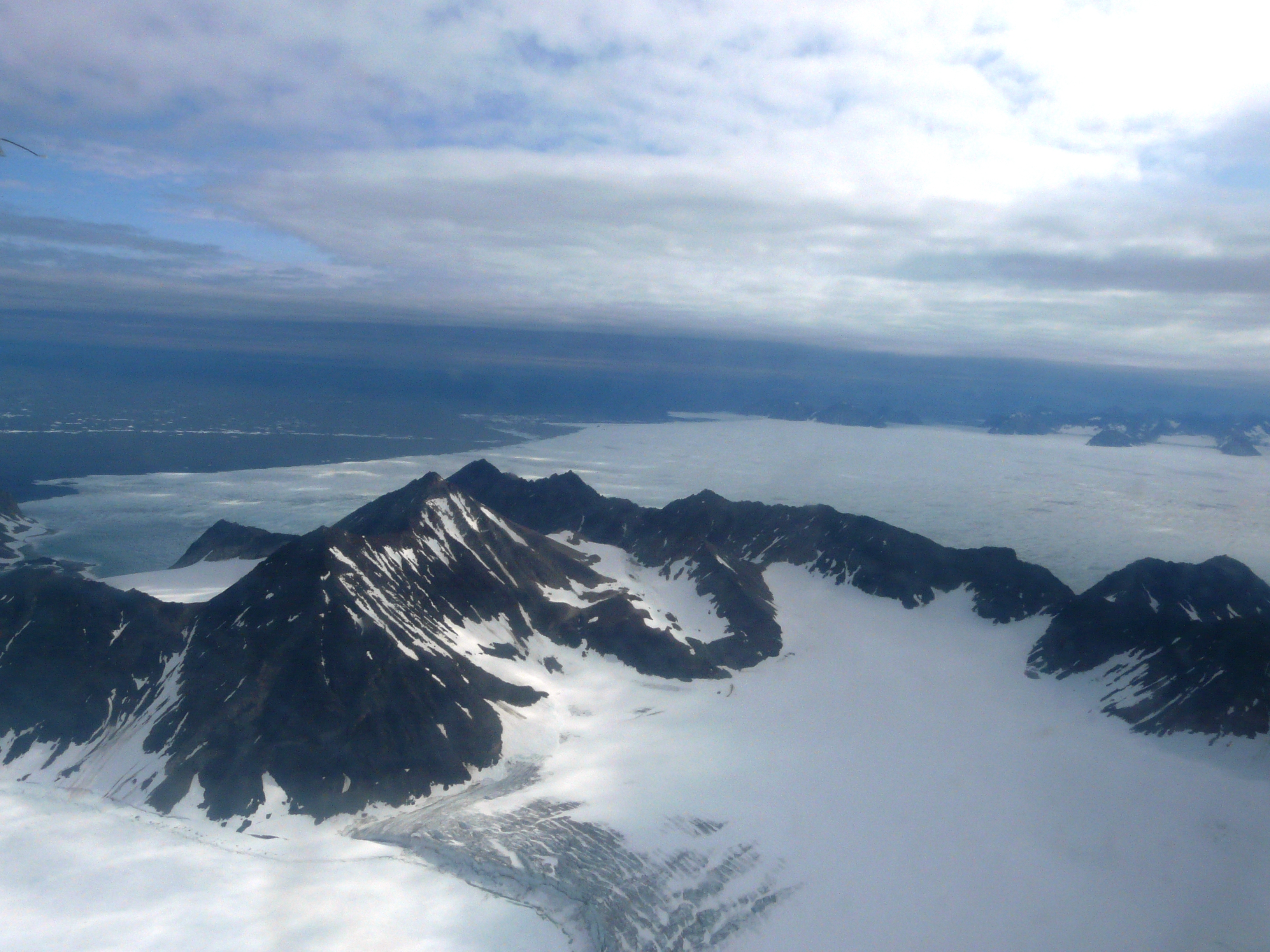
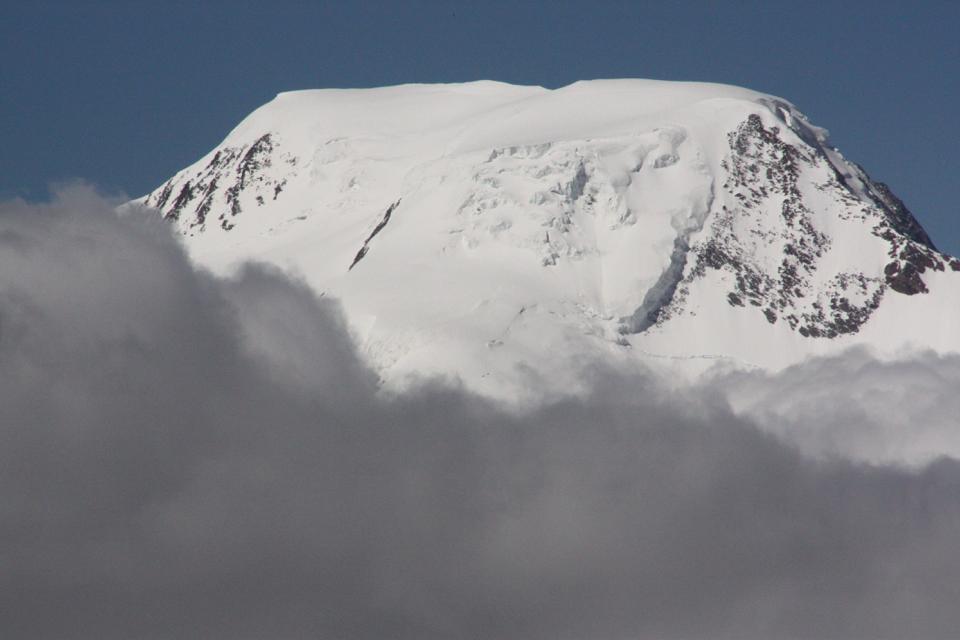
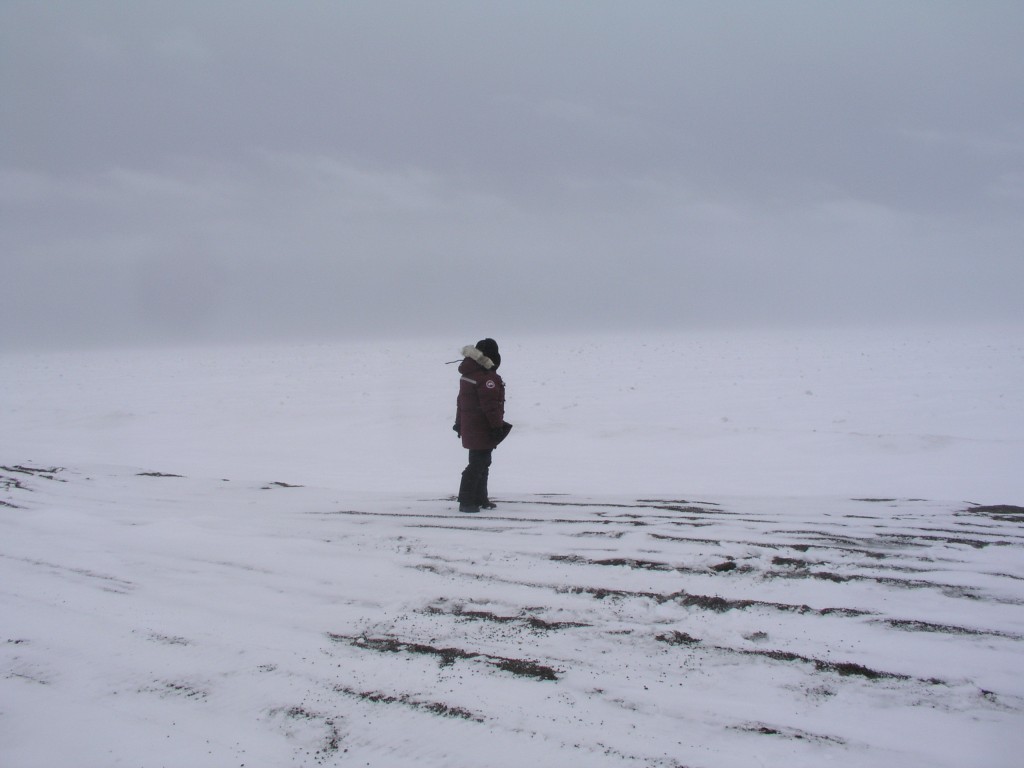
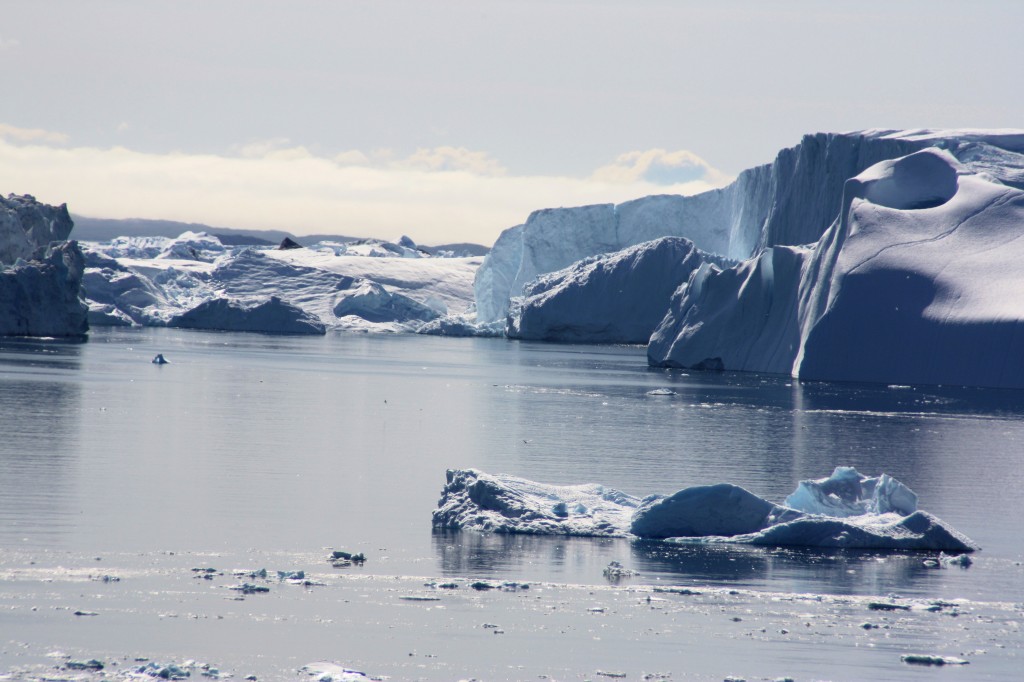
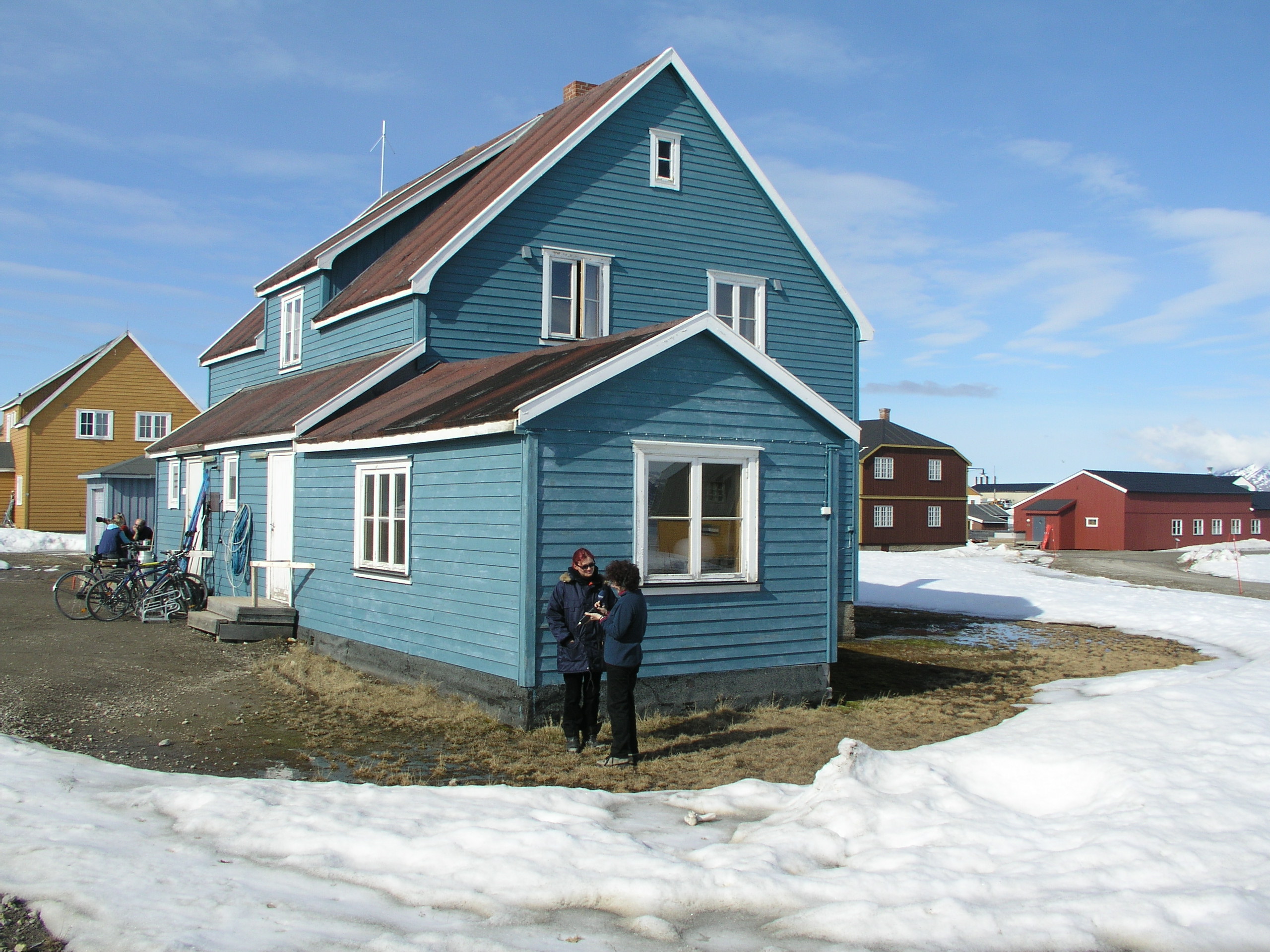
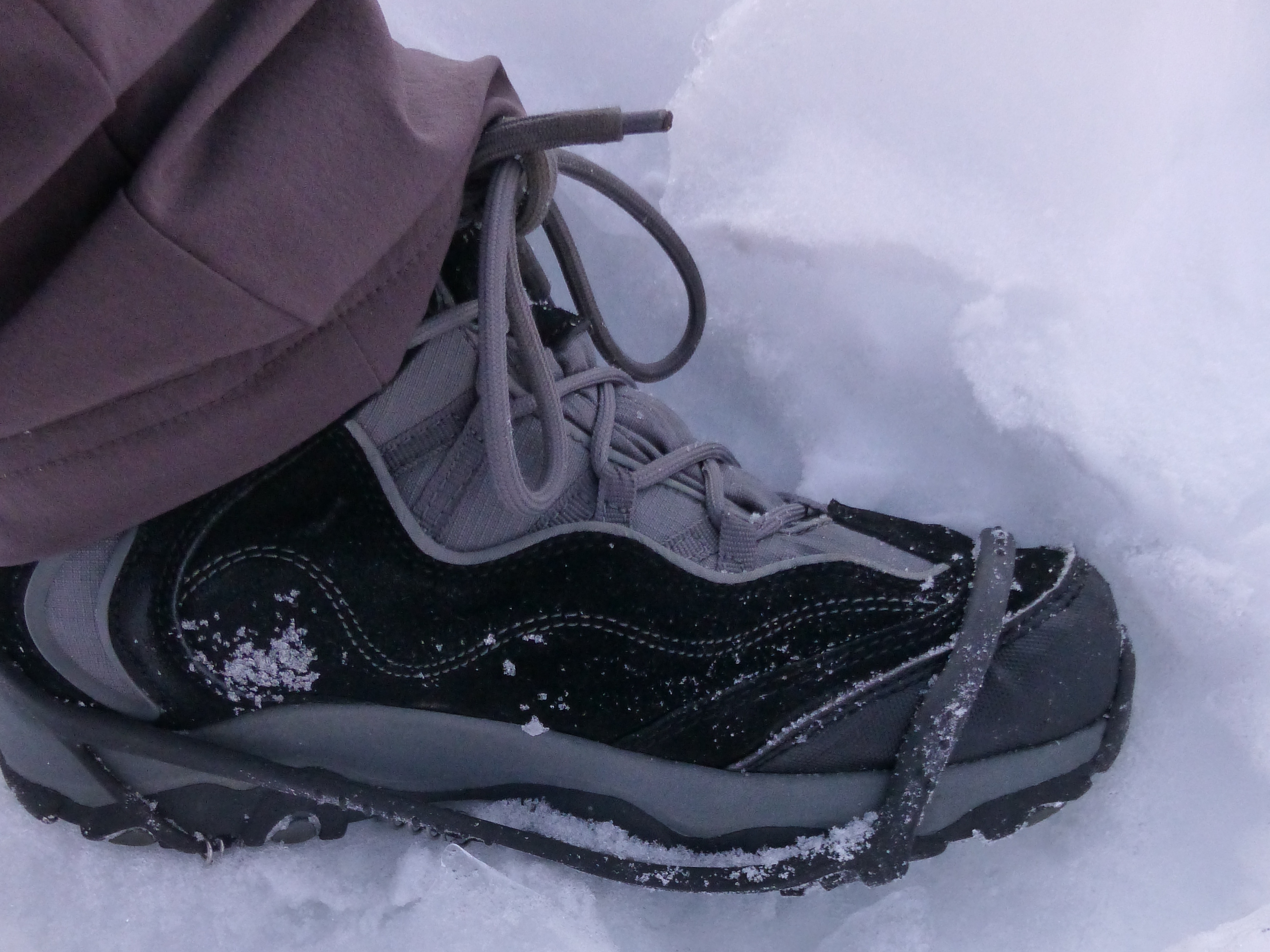
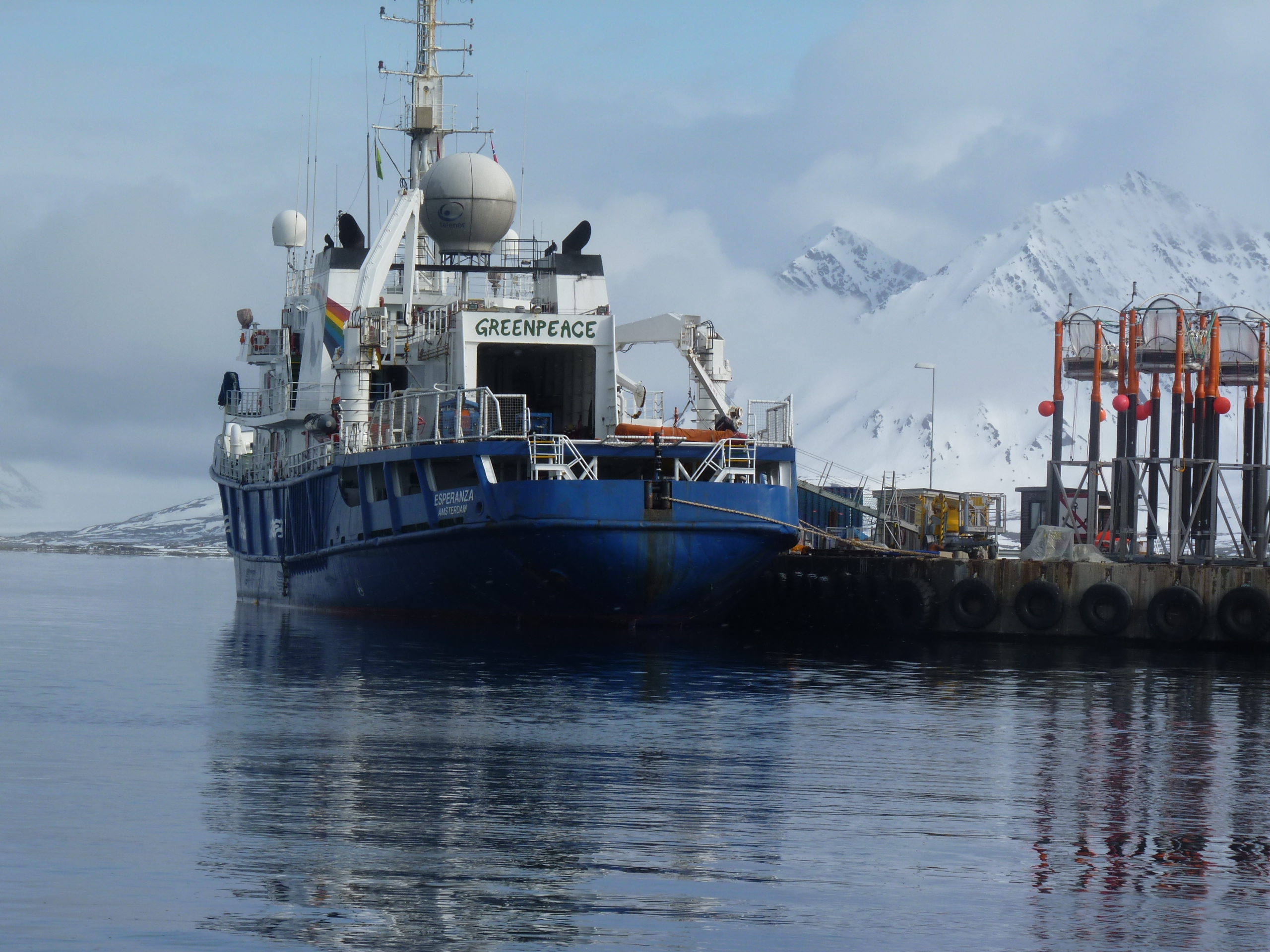
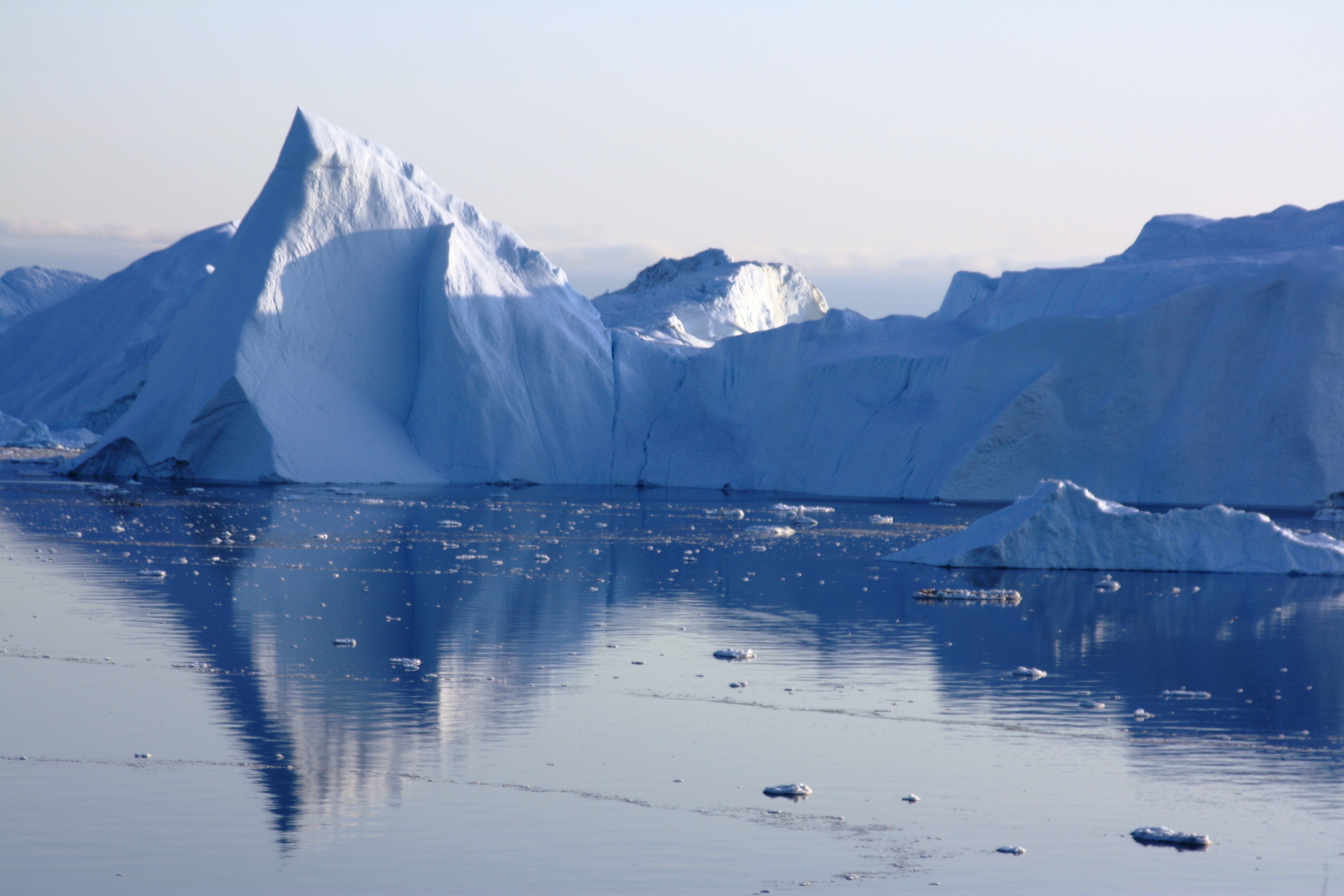
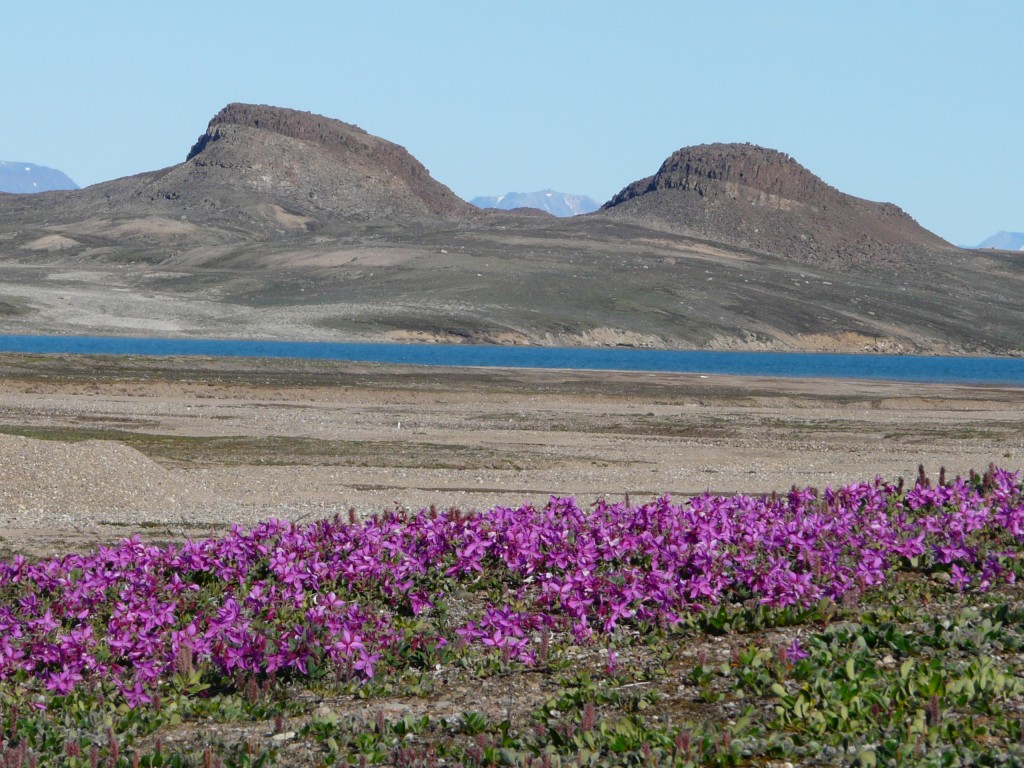
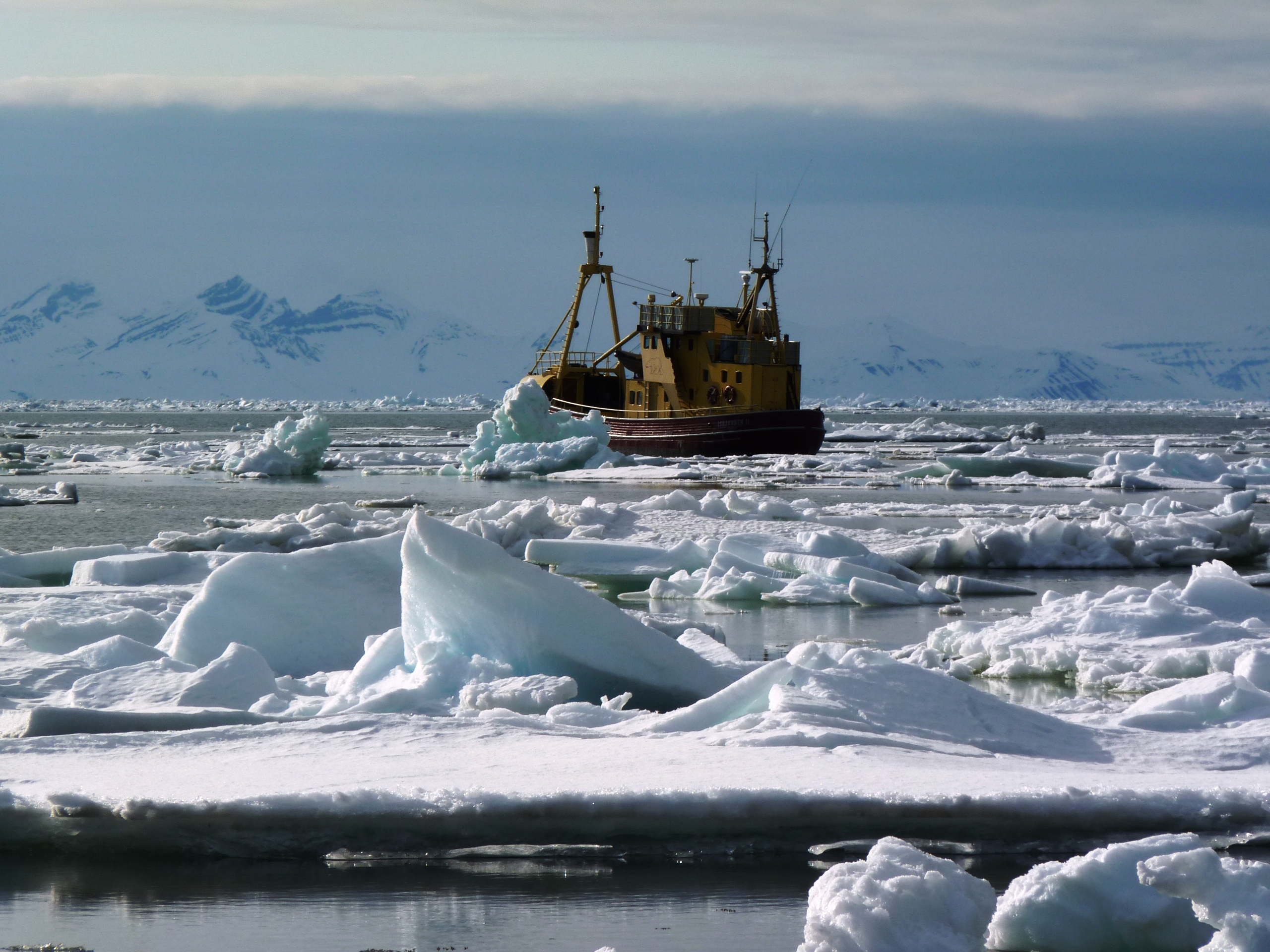
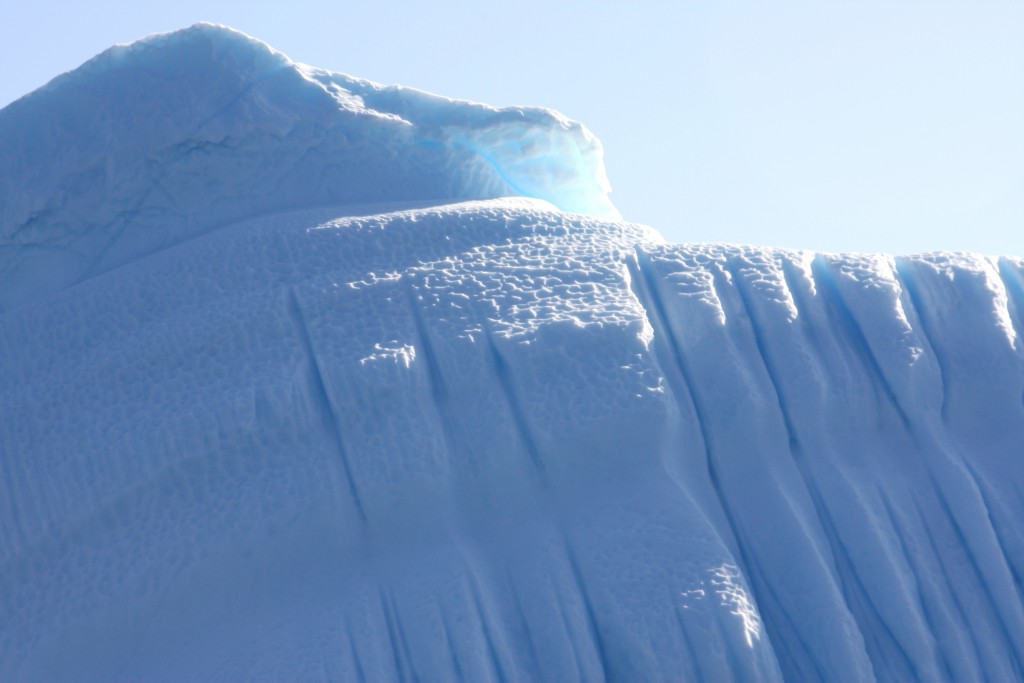

Feedback